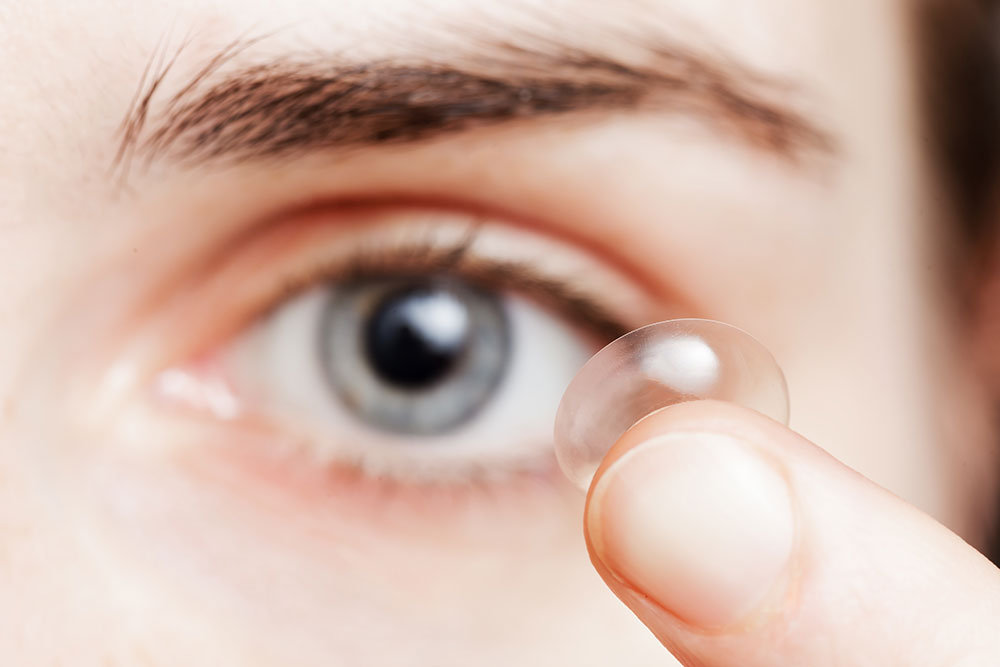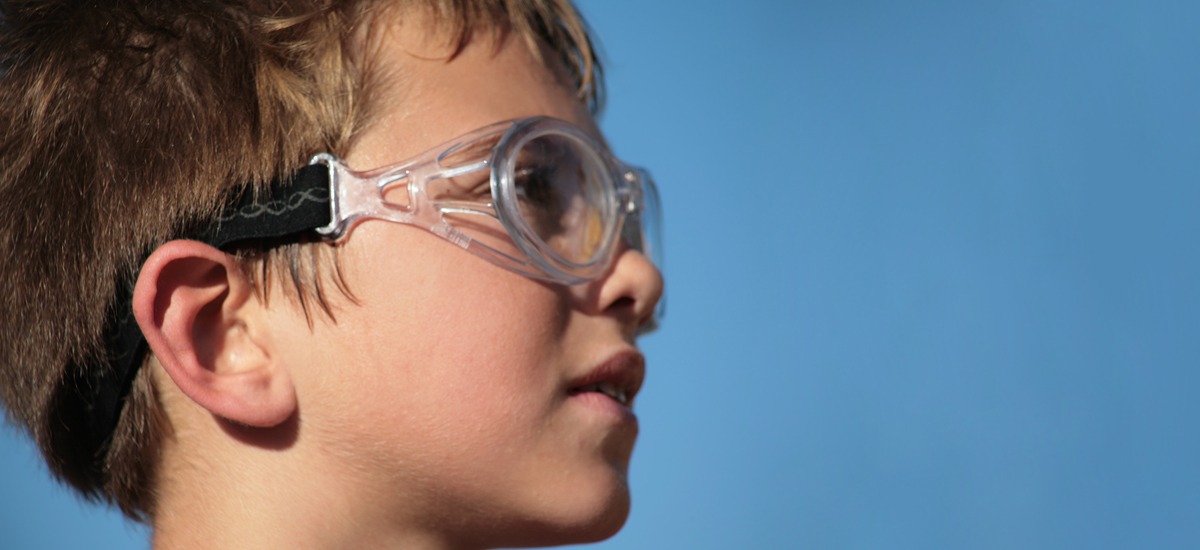What Are the Problems With Multifocal Contact Lenses?

Most people’s experiences with multifocal contacts are positive. The lenses adjust your level of vision, allowing you to see at multiple distances with ease. However, multifocal contact lens problems are likely if you don’t know what to expect or if they’re not right for your eyes.
So, what are the most common issues with this eyewear? Let’s discuss.
What are the common problems with multifocal contact lenses?
One issue with this type of lens is that it can take time to adjust to if you haven’t used it before. Multifocal contacts have distinct viewing areas you can access by peering through different portions of the lens. Looking through the bottom part of the lens will offer the clearest near vision, whereas the upper part of the lens will provide great intermediate vision.
If you haven’t had enough time to adapt to these viewing areas, it may be challenging to see. Plan for four to six weeks to get used to them. Over time, your eyes will naturally look through the correct part of the lens, and you’ll enjoy better vision because of it.
Another problem with multifocal contact lenses is that you might see glare for a while during the darker hours of the day. This side effect will go away once your eyes adapt to the new lenses.
Multifocal contacts also cost a little more than other types of lenses. Why? They’re higher power, and it takes longer to get the perfect fit since the eye doctor must ensure they’re comfortable and contain the prescription your eyes need.
How can you get the best experience with multifocal contacts?
Multifocal contacts aren’t as tricky as they seem. Despite the lengthy adjustment period, they work fast for your eyes, and you’ll soon realize that the wait was worth it.
After all, you’ll no longer struggle to see up close or at an intermediate distance. All you’ll need to do is peer through the right part of the lens. It’ll feel like your vision has never been better.
To have the most success with multifocal contacts, we recommend:
- Considering multifocal contact lenses if you have presbyopia. Once you turn 40, you’re at a higher risk for presbyopia (a refractive error that causes nearby objects to appear blurry). Multifocal contacts are one of the best solutions for this condition since they cover multiple prescriptions, from astigmatism to nearsightedness.
- Selecting the best types of contacts for your lifestyle. If your busy schedule makes it hard to stay on top of your contact lens’ cleanings, consider daily contacts, which you can discard at the end of each day.
- Listening as your eye doctor shows you how to insert and remove your contacts. At your contact lens exam, the optometrist will fit your eyes for contacts and explain how to insert and remove them. Watch as they do so to ensure you’re using them the right way at home.
- Asking questions. Don’t be afraid to inquire about questions or concerns you have about multifocal contact lenses and their problems. We’re happy to help however we can.
Summary: What issues can you face with multifocal contacts?
Few types of eyewear are more successful for those with various refractive errors than multifocal contact lenses. Problems may include a long adjustment period (about a month), glare at nighttime, and a higher price than alternative lenses.
While everyone has a different experience with multifocal contact lenses, this corrective eyewear is, in general, a fantastic choice. Once you’ve surpassed the initial adjustment period, you’ll love them even more than what people in the reviews for the best multifocal contact lenses claim.
Time to purchase contact lenses?
Browse our selection of top contact lens brands. We carry daily, weekly and monthly disposables, multifocal and more. Visit your local For Eyes or shop online in just a few clicks.












